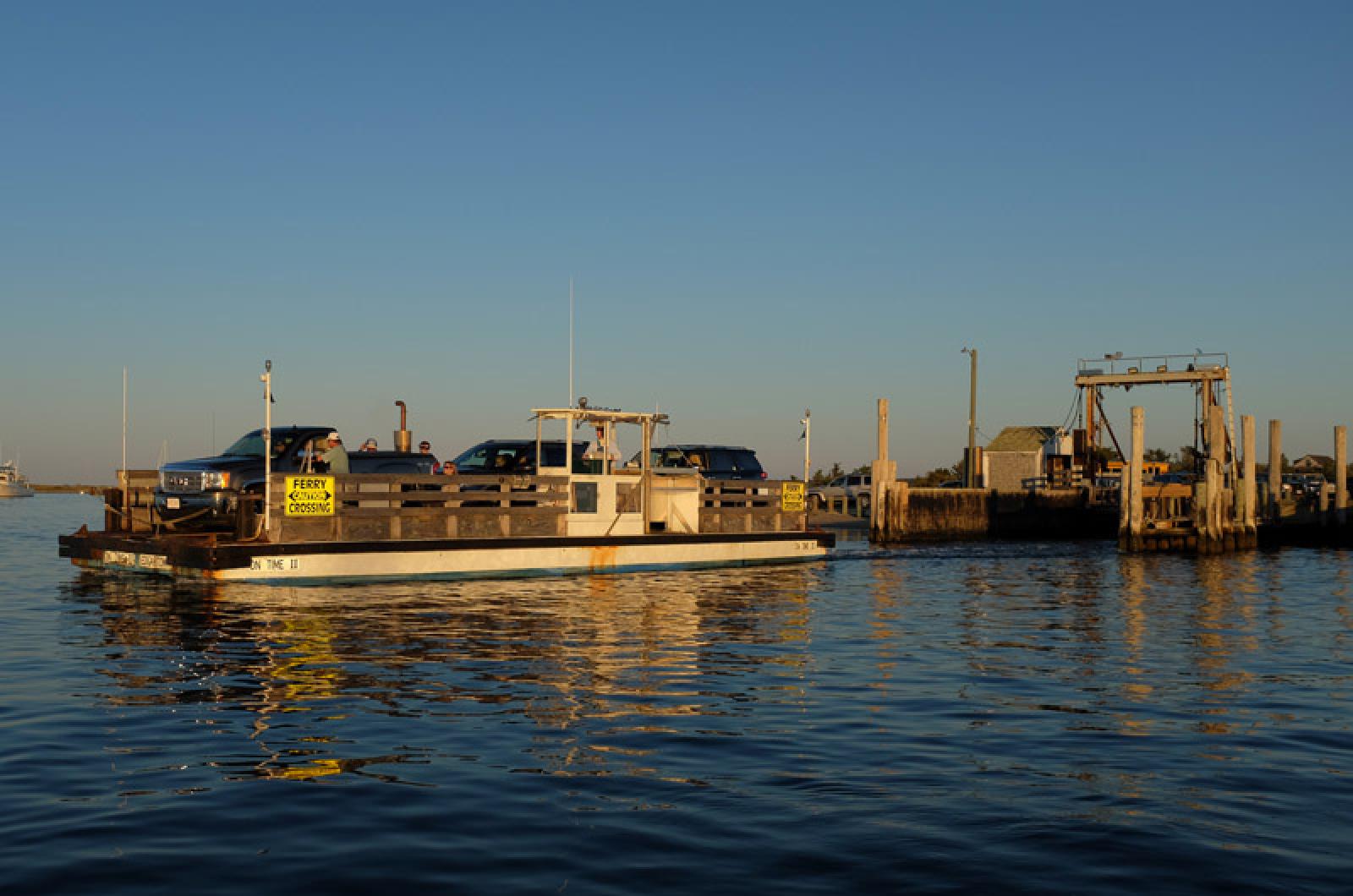The Martha’s Vineyard Commission this week approved construction of a temporary 104-foot cell tower on Chappaquiddick, a proposal that has divided residents on the small island that lies off the eastern end of Edgartown.
Cell phone reception is spotty to nonexistent on Chappy, which is connected to the main Island by an intermittent barrier beach and was only recently wired for high-speed internet. The temporary AT&T tower — a single 24-inch diameter pole — is expected to provide coverage for most of Chappy, including nearly all of Leland Beach and Cape Pogue. It would stand beside an existing 84-foot wireless antenna on the property of Robert Fynbo on Sampson avenue.
A continued public hearing on Thursday drew a large crowd to the commission office at the Olde Stone Building in Oak Bluffs.
“This is 2016,” said Robert Ozycz, a Chappy resident. “Let’s get with it.”
Opponents were equally passionate.“I don’t want to see a tower looming over my backyard,” said Dana Strayton, who lives near the proposed tower. She also doubted that the tower would be temporary and worried about negative health effects in the neighborhood. “It seems like an awful lot for a little return,” she said.
Town public safety officials favor the plan. “We all carry AT&T phones,” said Edgartown police chief Dave Rossi at the hearing, responding to concerns that service will be limited AT&T customers. “Whatever we are doing over there, whether it’s a fire or it’s a search, it’s going to improve.” Chappaquiddick fire captain Peter Wells who also owns the Chappy Ferry, agreed. “We just want to help, and this helps us get there,” he said.
AT&T area manager Kevin Mason, who attended the hearing, confirmed that only AT&T and T-Mobile customers could use the new service for 911 calls. But he said the tower has internal pods where another carrier could set up equipment. AT&T would occupy the highest pod and likely have a wider range.
“It will be easy for a second carrier to come in,” Mr. Mason said.
Some residents have advocated a distributed antennae system (DAS), which provides cell service through a series of smaller poles situated along roadsides.
But Edgartown information technology director Adam Darack said work with Verizon to design a DAS proved unfruitful. “The coverage on the beaches wasn’t there, and they just wouldn’t commit,” he said. He stressed the proposal was for a temporary tower to get through the summer and that a permanent tower would go through the same review process.
Commissioners made a site visit to Chappy one day earlier, and said they were persuaded that the visual impact would be minimal.
“We could not find a public vista where you could see this thing,” commissioner Linda Sibley said. Chairman James Vercruysse agreed. “I was surprised at how little I noticed it,” he said. “To me, it’s more the psychological impact of having a structure in someone’s yard right near where you live.”
In the end the commission agreed to waive the standard land-use planning committee hearing that usually follows hearings, and make a decision on the spot.
“Because this is a temporary tower . . . I think that in this case we have done our due diligence,” said commissioner Fred Hancock.
The vote was 8-1 to approve.
A condition allows a one-year window for the project starting from when the developer applies for a building permit. The commission also agreed that a second carrier will not need MVC approval to use the tower, and suggested that the Edgartown planning board explore establishing a bond or an escrow account for removal in the event that the pole fails.





Comments (5)
Comments
Comment policy »